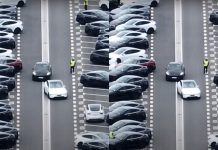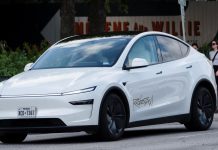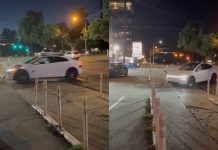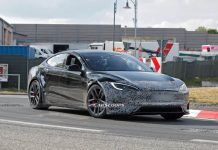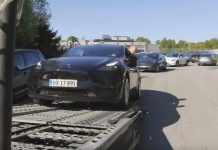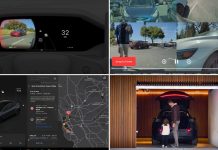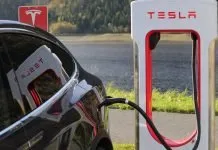Volkswagen seems to be on an aggressive streak when it comes to electrification of its fleet. Recently in its Zwickau plant, the last vehicle with an internal combustion engine rolled out off the assembly line, from now on only Electric vehicles will be built here. Volkswagen has decided to convert its Emden plant into an electric-only production house and will start producing its EV only model the ID.4. After 116 years of producing combustion engine cars, Volkswagen has decided to start a massive electric drive to mass-produce EVs in the same way the other German car manufacturing giants like Mercedes, Audi and Porsche are keenly focusing on the electrification of their fleet as well.
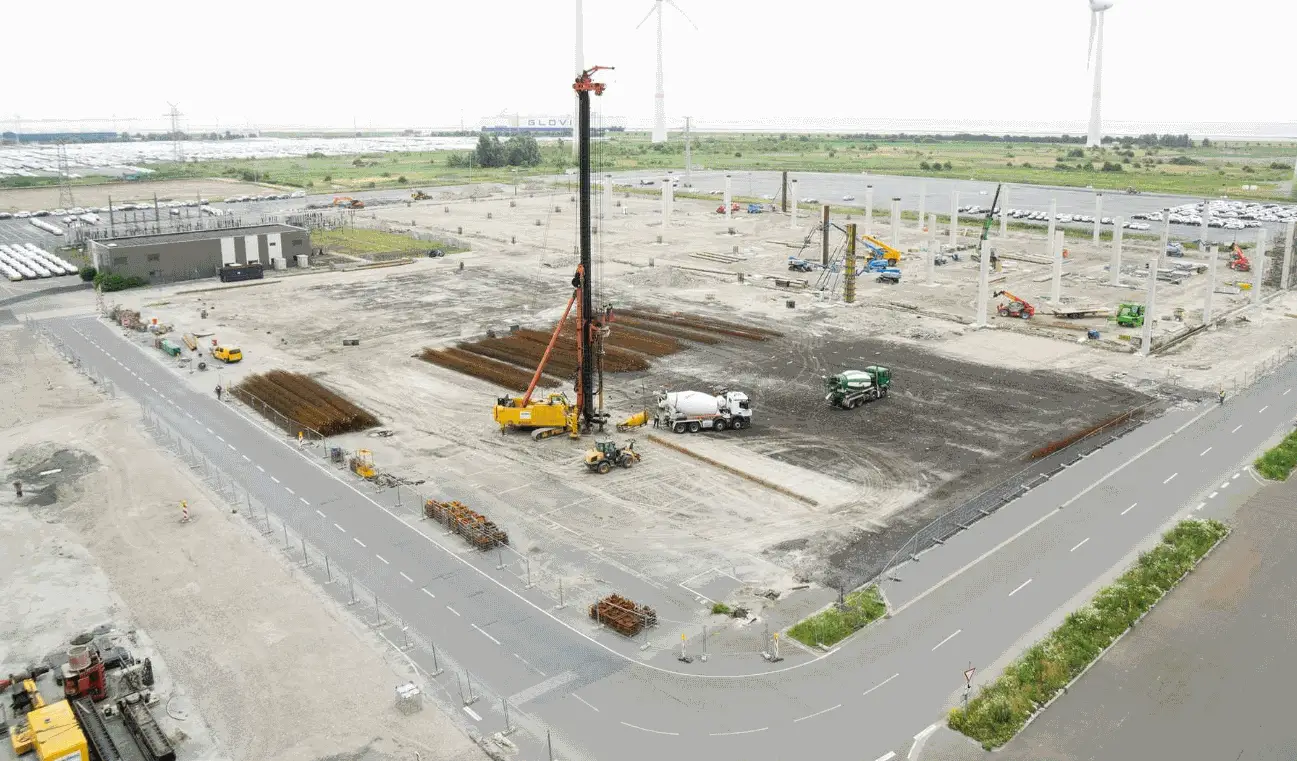
Volkswagen is converting another German Plant for Electric Car Production – Emden plant
According to Volkswagen, the conversion of the Emden plant is supposed to be completed by 2022 and the first electric car will roll out of this plant in the same year, Volkswagen is planning to invest about €1 billion in the transformation of the factory. This new plant is designed to have a production capacity of 300000 electric vehicles per year. Volkswagen plans on making the Emden plant its primary EV Production facility.
Situated in Lower Saxony in Northwest Germany, Emden will be one of the most advanced EV plants in the automotive industry which will give the company a competitive edge in the mass production of Electric vehicles. The facility will be used to produce the company’s new all-electric compact SUV ID.4 which is planned to be launched in 2022 and it will be followed by other all-electric models which will be added to VW’s fleet in the coming years. Despite the conversion of this plant, the production of the Passat sedan, Arteon and the new Shooting Brake will continue alongside the EV production for a transitional period of several years but the final goal is to make the factory all-electric.
In the process of the conversion of this plant, a new factory hall with an area of almost 50,000 square meters is being constructed where only electric vehicles will be assembled. The press shop and body shop are also to be expanded by 23,000 square meters. The paint shop will be modernized with state of the art technology and a new bi-color hall with an area of 6,000 square meters will be constructed for painting vehicle roofs black. The two-color paintwork is one of the stands out visual cue of the VW ID family. The Works Council Chairman of the Emden plant, Manfred Wulff, said in a press statement, “Thanks to a concept that is balanced in economic and personnel terms, we will be in a position to thrill customers throughout the world with electric cars from Emden.”
In Germany, The electric vehicles of the Volkswagen are to be produced at the plants in Zwickau, Emden, Hanover, Zuffenhausen and Dresden. Volkswagen brand CEO Ralf Brandstätter, said, “With the conversion of our plant at Emden into a production location for electric vehicles, (we are) forcing the pace of system change.”
Volkswagen’s Future Plans
Volkswagen is looking to boost its production by as much as 30 percent in the next five years by using Artificial Intelligence at its production facilities. The Industrial Computer Vision AI technology will help the carmaker in incorporating image recognition processes and speed up production time by reducing manual interventions. This process extracts information from optical data, such as the real environment at the plant, following which it then evaluates using artificial intelligence (AI). The procedure is similar to the human capability of recognizing, processing and analyzing images.
Volkswagen has planned to conduct a one-day sensitization event on the topic of “Changeover to e-mobility” for employees as a part of a quality offensive program. The company aims to become the world market leader in electric vehicle production. It intends to launch more than 20 all-electric models by 2025 and establish a neutral carbon balance for the brand by 2050. Up to 2024, the brand is investing about €11 billion in e-mobility and is transforming a large number of plants. This campaign is mainly due to the shift from the traditional ICE to more eco-friendly alternatives, mainly EVs but also other viable options such as hydrogen fuel cell cars and more efficient hybrids.
Final Words
Over the past decade, the world has seen such a shift due to growing environmental concerns due to threat of irreversible damages due to the effects global warming which is very evidently looming in the horizon, as a result very strict restrictions are being placed on the combustion cars which makes it harder for the manufactures to comply to these regulations especially after the rollout of the new WLTP (World harmonized light-duty vehicles test procedure) cycle which is based on the average emissions across the entire fleet of cars produced by a manufacturer.
Carmakers also have to shell out hundreds of millions of dollars on research and development to make their engines produce less emissions and to make it more efficient, the introduction of the petrol particulate filter in all the new cars sold is an example of how strict the new emission norms are. This is the main reason why it is becoming more economically viable for manufacturers to produce brand new electric vehicles by scrapping their ICE counterpart along with the tax rebates governments around the world are granting during the purchase of an EV.



